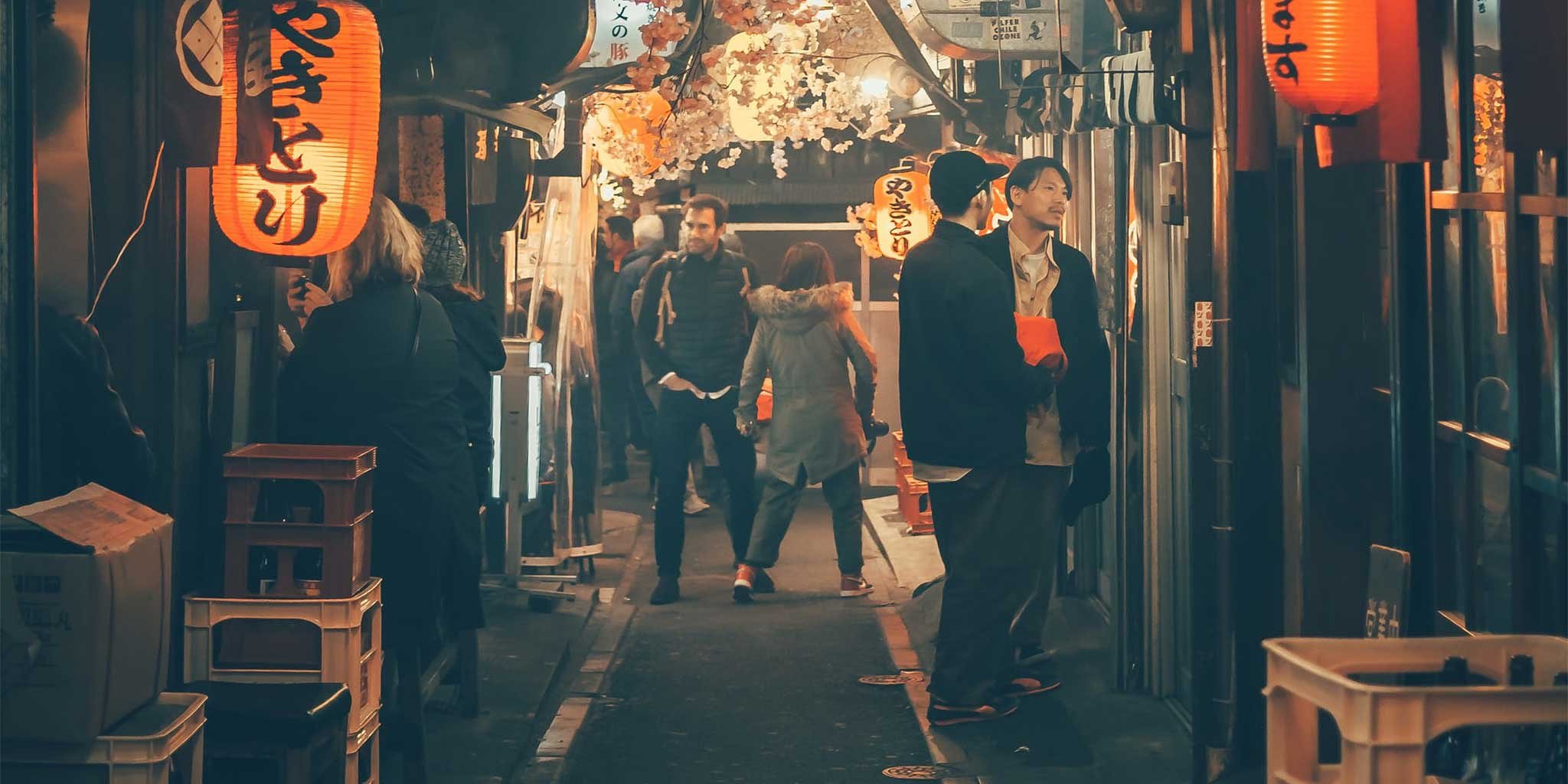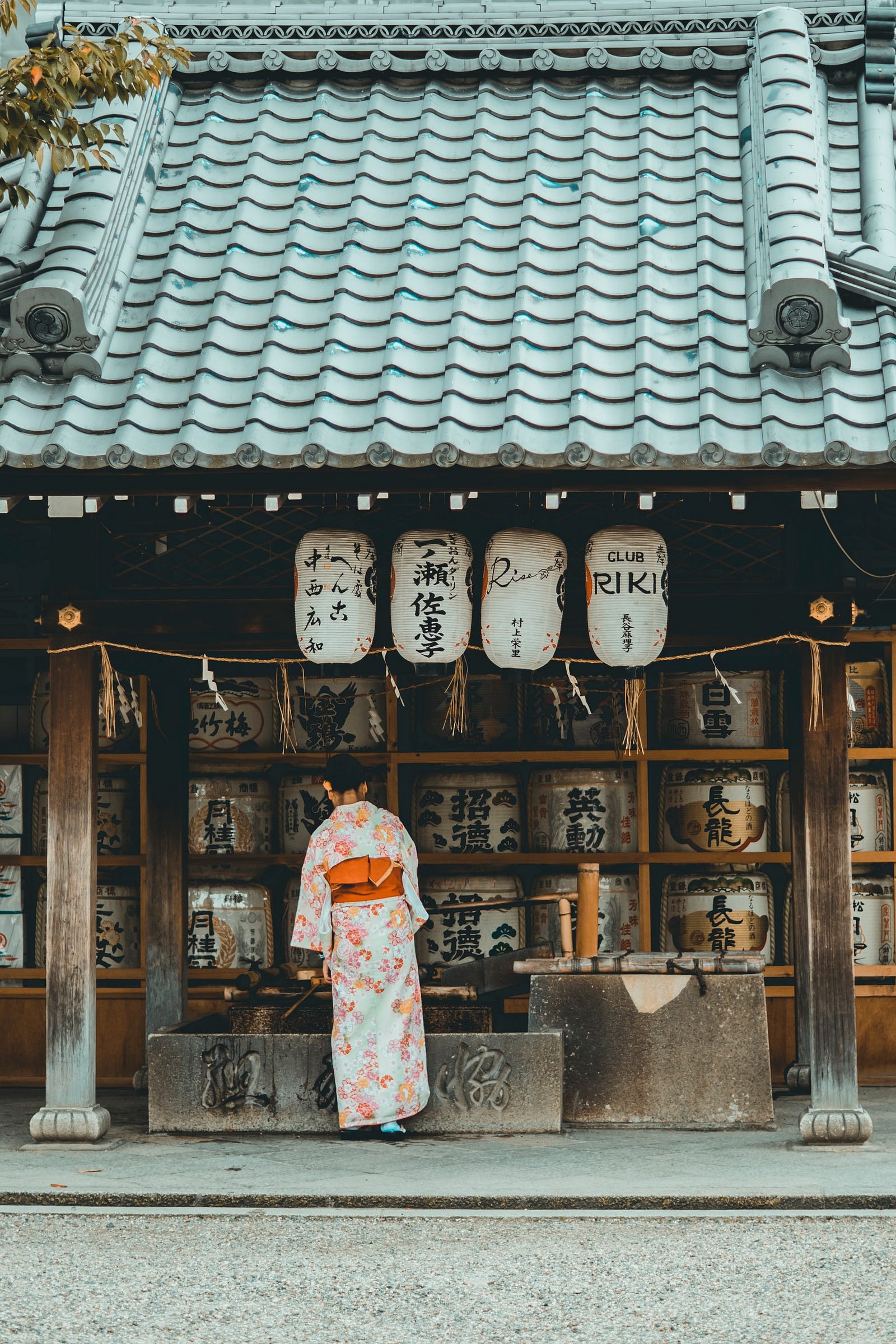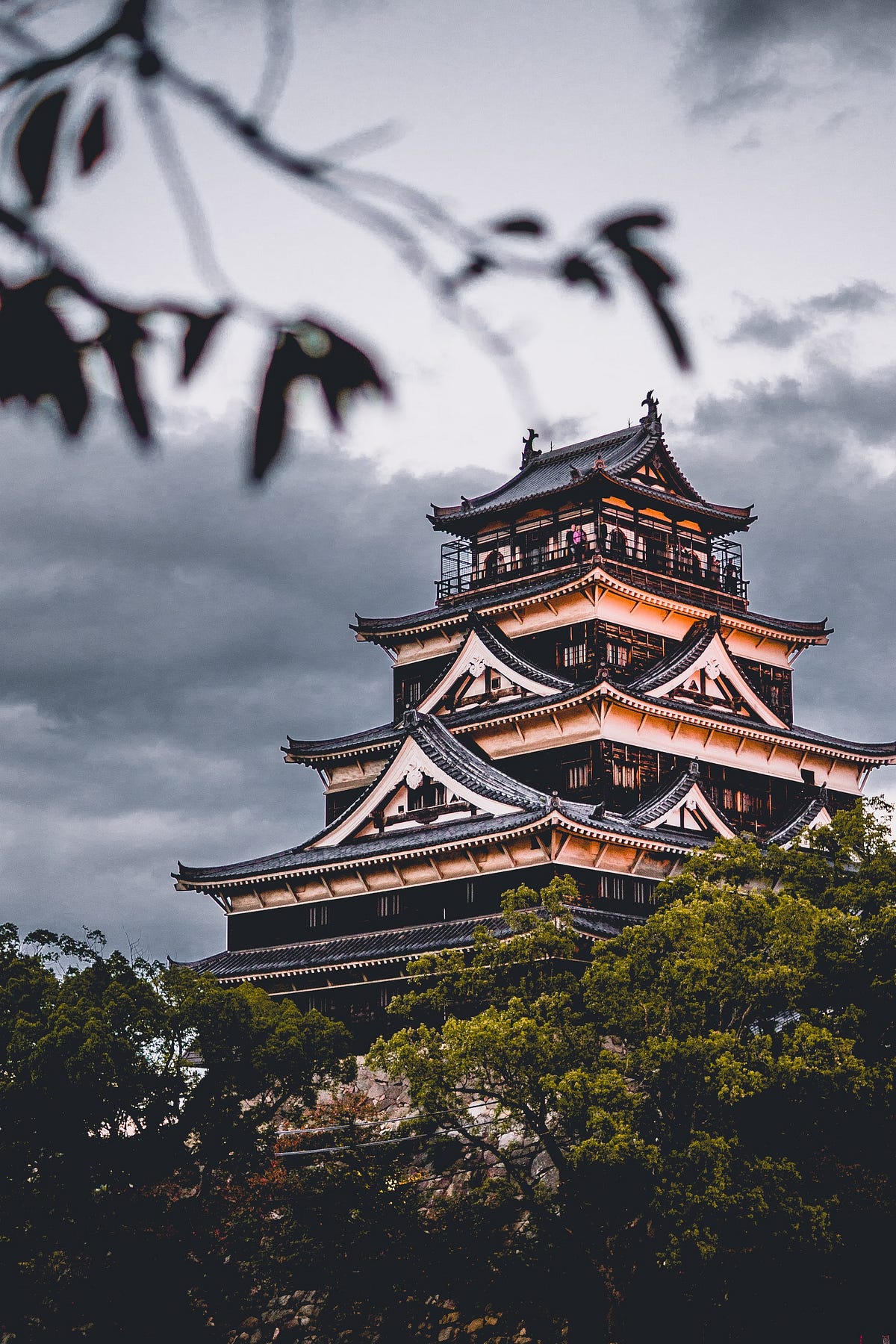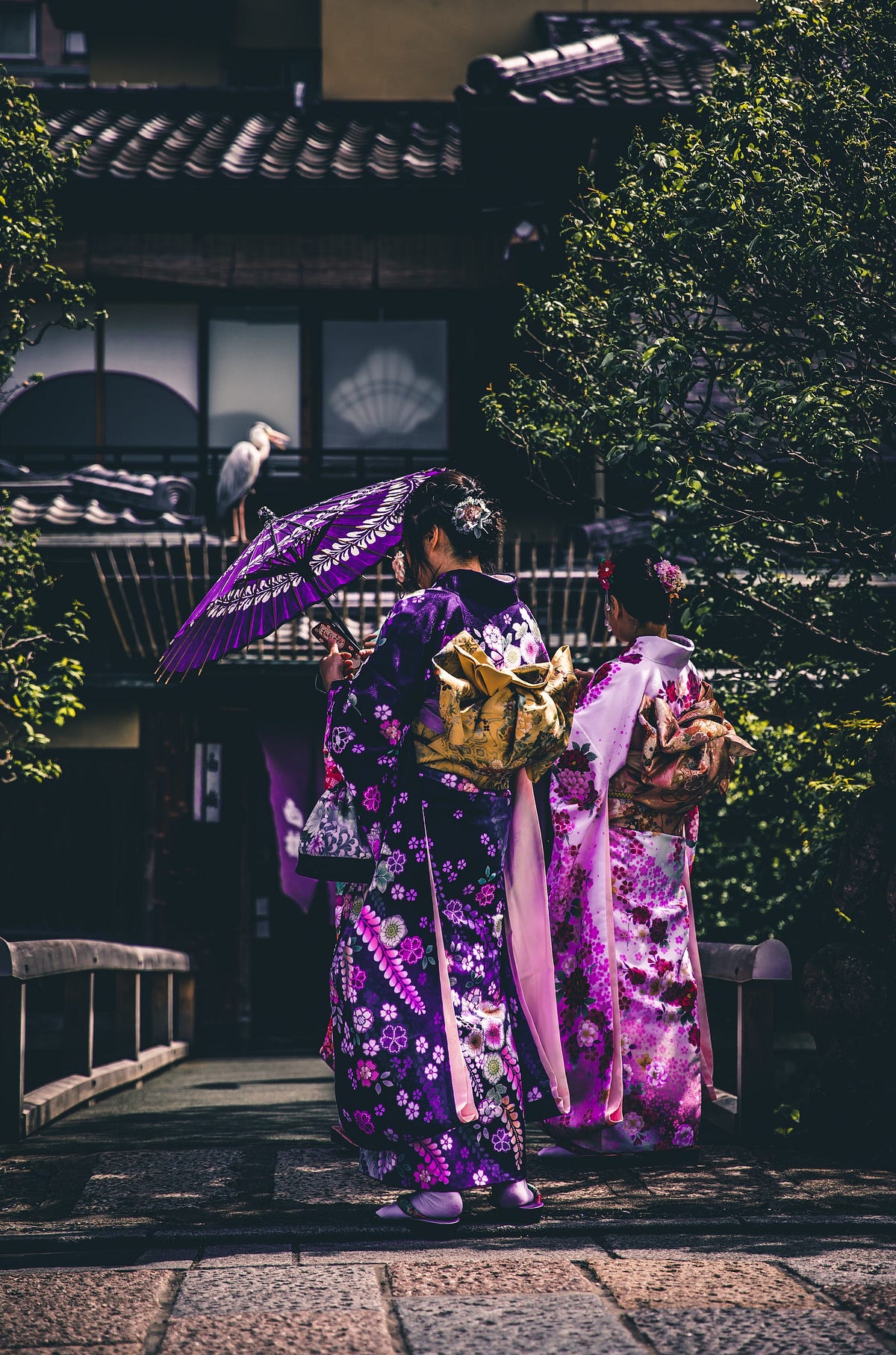A Year in Japan..a Peek into the Life of an Expat
Takeaways
Japan is the most popular destination on Itinsy, with over 35 detailed itineraries from travelers across the world.

Thank you @nicanleg for sharing your journey from the United States to Japan, experiences as a local and as a tourist and helpful insights for travelers interested in following a similar path.
Here’s her story:
If I could write a love-letter to Japan, I would thank it for reaching its arms out to me and welcoming me with warmth and comfort. I would thank it for the long nights at karaoke, the bold smells of izakaya creeping through the streets of Osaka, the mountain top sunrises and beach-side sunsets. I cherish the temple meditations at Koyasan and the drinking games with locals in Wakayama. I remember the sun on my skin while biking the bridges of the Shimanami Kaido, and the tears on my cheek while walking through the Hiroshima Peace Museum. I would thank it for pushing me out of my comfort zone, for immersing me in art and history and language like I have never known. I would thank all the people who opened up to me, over English lessons, over beer, over Kura Sushi’s 100 yen plates. My year living in Japan and traveling Asia transformed my mind and my heart, and for that I am forever thankful.
I taught English in Wakayama, Japan from April 2019 — April 2020. During this time I had the opportunity to frequent some major tourist destinations in Japan (Osaka, Kyoto, Nara, Tokyo), as well as explore off the beaten path (Wakayama, Shiga, Hiroshima). I moved from the United States (Florida) to Japan on a 5-year work visa, sponsored by my employer (a major English language tutoring school in Japan). I had known for many years that I wanted to spend some time in Japan, but the entire process from sending in job applications to arrival in Japan was about 5 months. I learned a lot about Japan from both tourist and resident perspectives, and it’s somewhere I know I will continue to visit for the rest of my life. I’ve condensed the highlights of my year into a bite sized taste of what to expect when exploring Japan! I’ll start with the highlights of my personal “local” experience, then offer some important first time travelers info to help make the leap easier to manage.
My experience highlights came from my openness to adventure, lack of itinerary strictness (an itinerary is important, but Japan is definitely a place to go with the flow), local friendships (I met my best friend in Japan on Tinder! We’re still friends over a year later!), and understanding of my interests. I found that outside the big cities where tourists are seen frequently, locals in smaller towns are fascinated by foreigners. Many times in bars it would take a few drinks for locals to muster up a “hello” to me, but soon after, Google Translate was out and we were sharing life stories over Asahi and yakitori. Embrace these conversations, be polite and aware, and you’ll have stories to take home and a sense of pride in your ability to communicate without another culture. Ask the locals their recommendations for temples/shrines, parks, food, whatever your heart desires. I’ve gotten amazing suggestions from bar owners, Airbnb hosts, locals on trains, and shopkeepers. Go to places off the beaten track.

Of course I greatly enjoyed many of the “top tourist spots” in Japan, they’re popular for a reason, but I also found a deeper and a more personal sense of enjoyment when I pushed myself away from the crowds. On my days off, I used to open Google Maps, zoom in on pins in random places, see what the pictures looked like, and plan days around random points that seemed interesting to me. Use Google Maps to plan your meals as well! Type in a word like “ramen” and click all the highlighted pins in a given area, find ones that locals rate highly (even if you can’t understand the Japanese reviews, 5 stars is still 5 stars in any language) and give it a try. I’ve found many of my favorite local spots this way, and it broadened my horizons far beyond what just the tourist guidebooks recommend.
Traveling somewhere as culturally foreign and different as Japan can be intimidating. You’ll embarrass yourself (one night I asked the bartender incorrectly multiple times where the toilet was… it’s toire, not toiru, by the way), you’ll get turned around, you’ll feel overwhelmed, but it’s all part of the experience. Don’t let the overwhelming “to-do” list take away the serenity, beauty, and adventure of Japan. Rather, let each day take a natural flow and embrace all the unexpected turns. My best days in Japan were the ones where I wandered, relaxed, and reflected. When you come across a place that catches your attention, give it your time. If I’ve learned anything after a year in Japan, it’s that you will quickly fall under its spell and will reminisce about that special wonder long after you return home.
With that personal note, I offer a more traditional guide of important points to remember on your trip to Japan!
Places to Visit in Japan
The top places to visit in Japan can vary based on time, preferences, and budgets, but generally the destinations most recommended for visitors in their first or second trip to Japan are:
- Kyoto
- Tokyo
- Osaka
- Hiroshima
- Nara
If your visit consists of less than 7 days, I recommend picking one region and exploring it fully rather than hopping around! (Tokyo/Yokohama vs Osaka/Kyoto/Nara) If your stay is longer than 7 days and your budget can afford it, feel free to group together as many of these cities as you feel comfortable with. You can find the right itinerary for you right here in Itinsy, but in general, here are the top lures to each city:
- Kyoto = traditional culture, traditional cuisine, temples/shrines, nature
- Tokyo = big city, fine dining, museums, modern culture & pop culture, street food, shopping, gaming & anime
- Osaka = laid back city environment, street food, shopping, drinking, castle, attractions & amusement facilities
- Hiroshima = history/museums, food, reflection
- Nara = nature (deer!), temples, museums, traditional cuisine
On my personal journey, I found that my most fulfilling spiritual experiences were in Nara, my favorite drinking/partying experiences were in Osaka, and my favorite museum/history experiences were in Tokyo. The best part of Japan is that getting lost was never a negative experience to me. Any time I followed my gut towards a different street, or felt intrigued by a random dimly lit bar, or pointed to random characters on a menu — I was left with something exhilarating and memorable.
Finally, I leave you with a list of must-dos, things that I did often within my year, and the things I miss the most being back in the states.

- Go to karaoke! Especially all you can drink karaoke
- Go high up in the city or high up in the mountains and take in the views
- Meditate at a temple or shrine
- Waste your money trying to win a cute stuffed animal in an arcade
- Wander the streets at night
- Visit any national museum
- Have a 7/11 food picnic in a park or on a beach (ps, you can drink beer in public!)
- Take a day trip to the countryside (trust me, you’ll need a break)
- Feed the deer in Nara park
- Take pictures in an elaborate photo booth
- Attend a Japanese festival (matsuri)
- Go to a sake or tea tasting
- Meet locals in a bar
Food in Japan
Japan’s culinary culture is an adventure in itself, and should be treated with its own itinerary! The majority of my favorite memories in Japan revolved around food and drink experiences. Being adventurous with food is just as important as having a diverse travel itinerary. Try things you think you’ll like, and try things you’re scared to try. Point to a menu and surprise yourself with what shows up. Many of my favorite foods in Japan I didn’t even know what it was or what the name is. Be adventurous! Do your best to find and try these specialties:
- Sushi (duh)
- Ramen
- Udon
- Okonomiyaki
- Taiyaki
- Takoyaki
- Yakitori
- Tonkatsu
- Unagi
- Korokke
- Tempura
- Donburi
- Soba
- Gyoza
- Sake
- Matcha (Green tea)
Finally, I’d like to share my favorite Japanese chain restaurants that I frequented and recommend to visitors and locals alike!
- Kurasushi (super cheap and delicious conveyor belt sushi restaurant)
- Curry House CoCo Ichibanya (curry and katsu)
- Ippudo Ramen (a renowned tonkatsu ramen chain)
- Marugame Seimen (udon and tempura)
- Torikizoku (yakitori restaurant where everything you order is 280 yen, cheap!)
Culture & Language of Japan
English language is not too wide-spread outside of the major cities in Japan. In tourist heavy areas you can expect train stations to have English directions, major chain restaurants & convenience stores to have English menus, and a fair amount of Japanese people who can understand basic English questions and answers. Speak slowly and enunciated to help locals better understand, and when in doubt Google Translate is quite honestly your best friend.

Japanese culture is unique and fascinating to foreigners. There are some important things to note to ensure you respect the local culture and leave a good impression on the locals.
- Train etiquette - please keep voices to a minimum (or preferably silent) during train rides! Pleasseeee do not talk on the phone on the train!
- Shoes - No shoes inside most restaurants, temples, hostels, bathhouses, etc! Get in the habit of checking at the door to see if other shoes are sitting there or slippers are waiting there. A change in elevation (a step) is also usually a good indicator of slipper requirements.
- Money exchange - Please use the cute little tray (you’ll know it when you see it) at checkouts rather than handing the money directly to the cashier. They will slide your change back on the tray as well. There is also no tipping in Japan! I accidentally tipped once and the cashier chased me down the street to give me my Yen back!
- Eating - try to avoid eating food while navigating the streets of the big cities or riding public transportation. It is a bit rude to be chowing down on yakitori, bumping into businessmen, and spilling crumbs on the streets while getting around town. Hang out in a single spot, out of the way, and enjoy your snack in peace.
- Trash - there are very few public trash cans in the cities! Keep a plastic bag in your backpack to collect any trash you accumulate throughout the day and dump it whenever you see a can. They are few and far in between.
Arrival Checklist in Japan
- Money - Cash is big in Japan, and you will need plenty of it for nearly every activity in Japan. Don’t expect your foreign card to be accepted in most places, in fact don’t expect any card to be accepted. You can get Yen from most ATMs in Lawsons, Family Mart, or 7/11, but plan accordingly because there will be fees each time.
- WIFI - pocket wifi is a must have in Japan, and should be your first priority upon arrival. I used Sakura Mobile for my entire year in Japan (pocket wifi for my home, and SIM card for phone) and never had a single issue. Order your pocket wifi online before departure, then pick up in your arrival airport. I’ve used a single pocket wifi with multiple users on it and didn’t have any trouble with connectivity.
- Luggage transport - Save yourself the hassle of dragging bags around the busy city streets and take advantage of the awesome luggage transfer system Japan has! Luggage can be shipped (normally same day) from the airport to your hotel, or vice versa, to give you hands free travel upon arrival. Look for the Yamato booth (black cat logo) in the airport and set up luggage transfer! I’ve had luggage transferred many times throughout my year (most notably three 50 pound suitcases from Osaka > Tokyo costing under $50 USD in total) and Yamato has always been reliable, quick, inexpensive, and hassle free.
Local Transportation in Japan
- Train travel - the train system in Japan is truly unmatched. Quick, clean, reliable, understandable, and extensive. A Suica/PASMO card is a must for train travel in Japan. Getting individual tickets is a nightmare. Grab your pass from a major station then refill it at any station throughout your trip.
- Bus travel - Also reliable and somewhat easy to understand. Use buses to get you off the beaten trail. Google Maps is good at updating bus times.
- Misc travel - Don’t rely on Uber in Japan, and be wary that taxis are quite expensive. There is no need for either with such great train and bus systems.
With that, I wish you the happiest of journeys to Japan! Take in all the magic and I’m sure you’ll fall as much in love with the country as I and many others have.